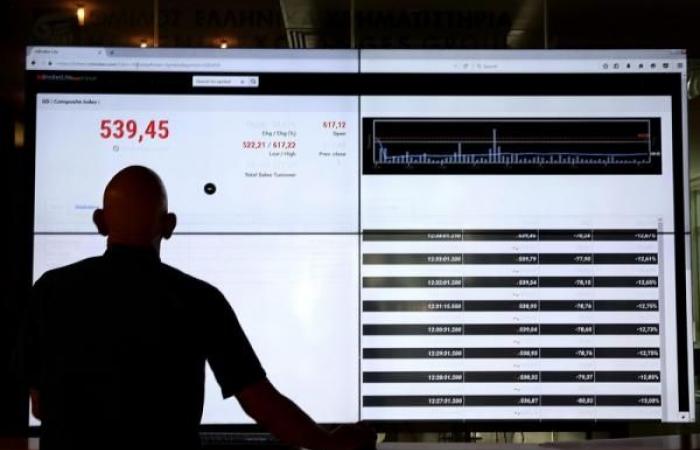
Since January 2024, investors have focused on the timing of the Federal Reserve’s decision to lower interest rates.
March was initially considered a likely month for a rate cut, but then, due to a series of disappointing economic reports, expectations were moved to June. Currently, due to the same economic concerns, the first reduction could be postponed until December, or may not occur at all in 2024. However, UBS economists predict a reduction in September.
However, according to UBS analysts, the crucial factor for investment forecasts is not so much the exact moment at which the Federal Reserve begins to lower rates, but rather the subsequent trajectory and final level of rates.
UBS analysts have noted that the S&P 500 index has risen almost 15% since the beginning of the year, despite the market’s forecast of drawdowns in 2024 being reduced from almost seven to less than two today.
“The important thing has been that economic expansion and corporate profits have exceeded expectations,” they said. “The fact that the first reduction will occur in September or December is unlikely to significantly affect these factors in the coming year.”
“We therefore expect intense debates on the speed, scope and ultimate goal of interest rate cuts over the summer, as highlighted in our outlook for the second half of the year,” the analysts added.
This coincides with the general expectation about economic conditions for the remainder of 2024, with most investors predicting moderate growth in Gross Domestic Product (GDP) and inflation, a low probability of recession and between zero and two declines. of interest rates. However, for 2025 and beyond, analysts noted that possible scenarios for growth, inflation, fiscal policy and Federal Reserve rate cuts could vary more significantly.
Regarding the expected path of interest rates, this is an important issue for investment forecasts for three main reasons, according to the report.
First, changes in the 10-year Treasury yield have been in line with adjustments in the expected neutral federal funds rate, indicating that changes in the Fed’s forecast for rate cuts Federal Reserves could affect the 10-year yield in a similar way.
Second, there is an ongoing debate about the real neutral federal funds rate (r*) and the current state of monetary policy. Opinions differ greatly; Some believe that the policy is not very restrictive, while others maintain that the neutral rate is around 3%.
“The current strength of the US economy supports the first view, but a sharp slowdown in growth could tilt the view toward the second,” the analysts wrote.
Third, the absence of a defined plan from the Federal Reserve on the future of interest rate cuts may generate unpredictability in the markets.
Although the Federal Reserve’s forecasts indicate a gradual reduction in rates to 3-3.25 percent by December 2026, it remains unclear how the Fed will adjust policy in response to differences in its forecasts for economic growth and inflation.
As economic circumstances change, there are likely to be significant fluctuations in expectations of lower interest rates, which could contribute to instability in financial markets.
This article has been prepared and translated with the help of artificial intelligence and reviewed by an editor. For more information, see our Terms and Conditions.

